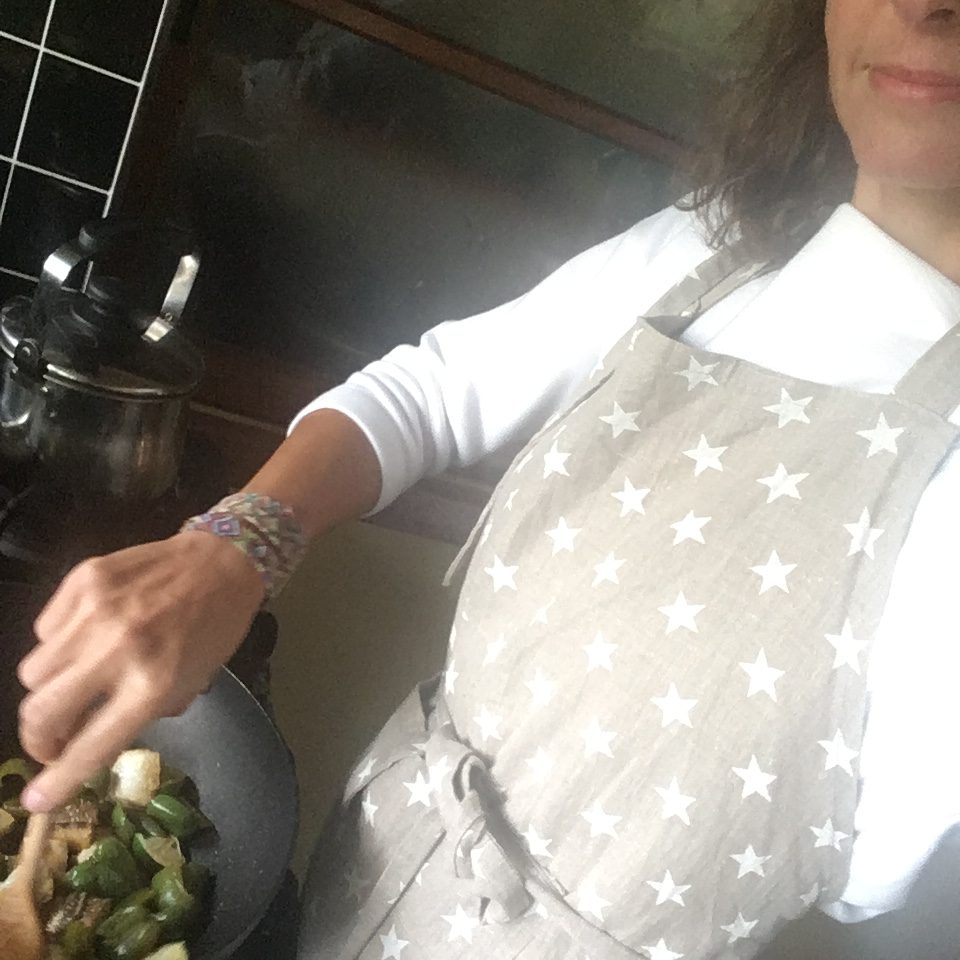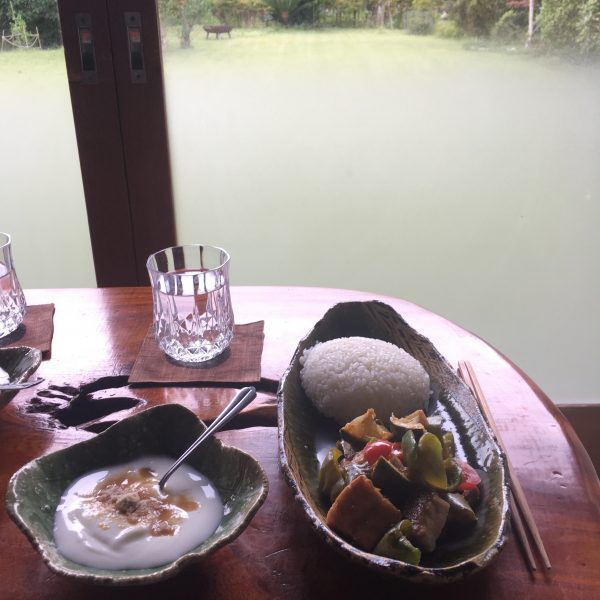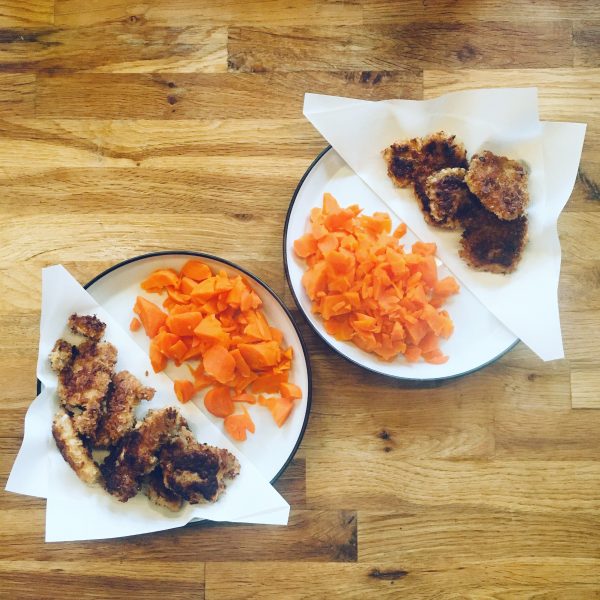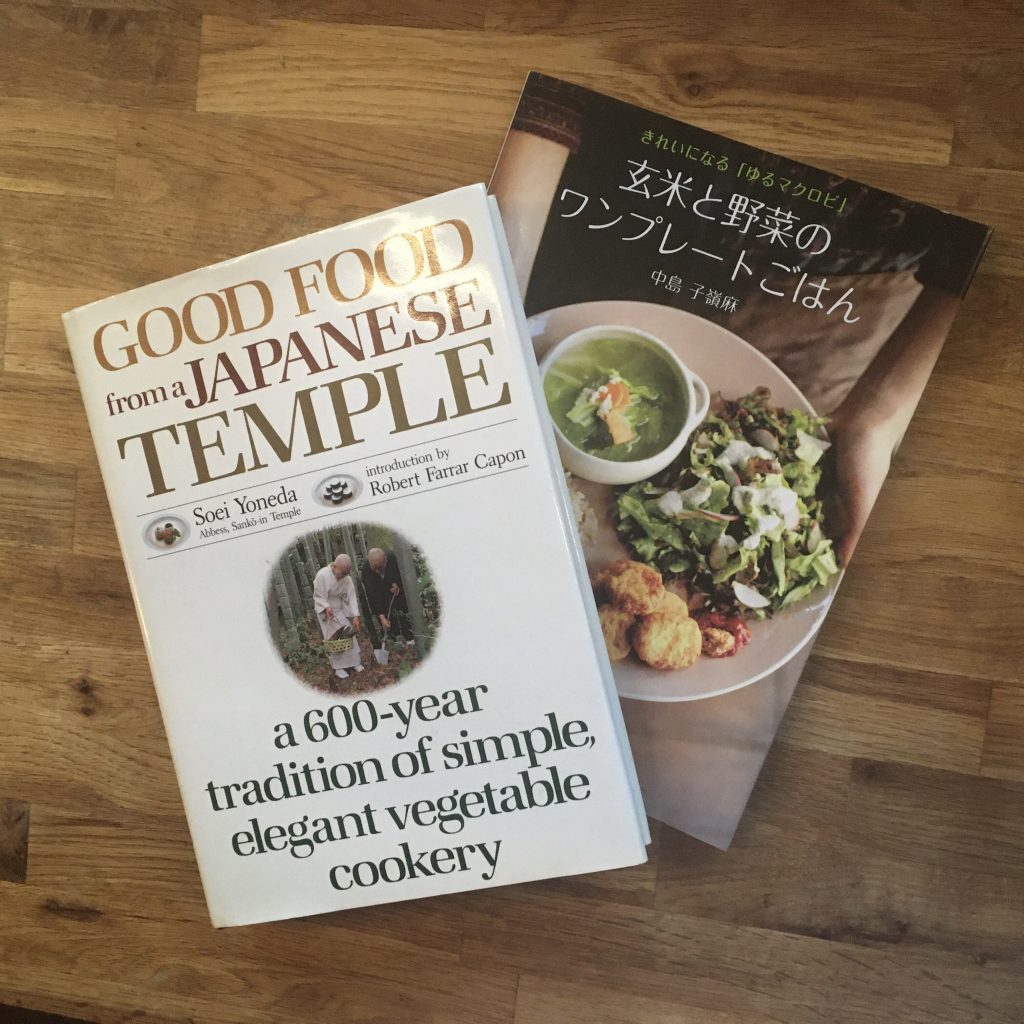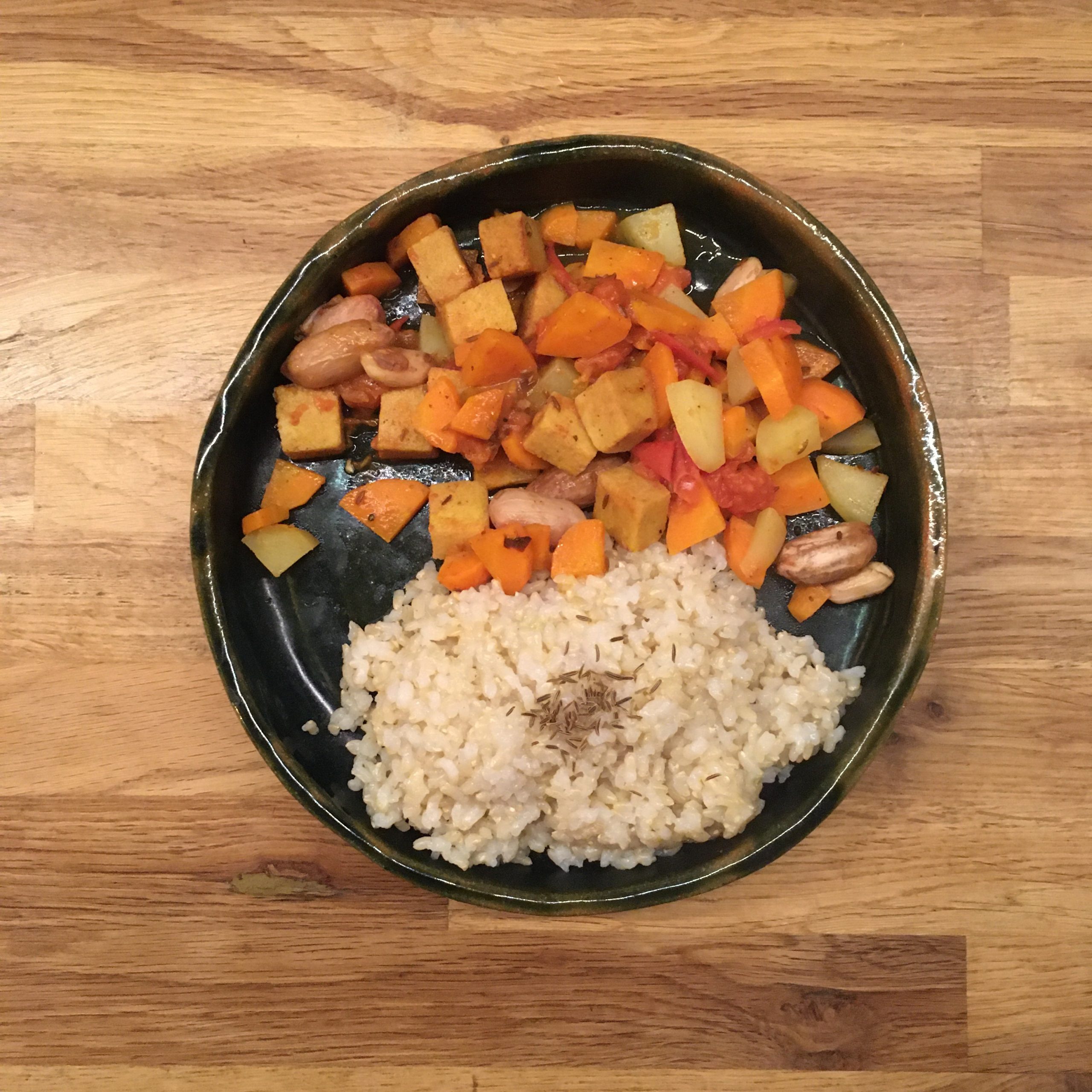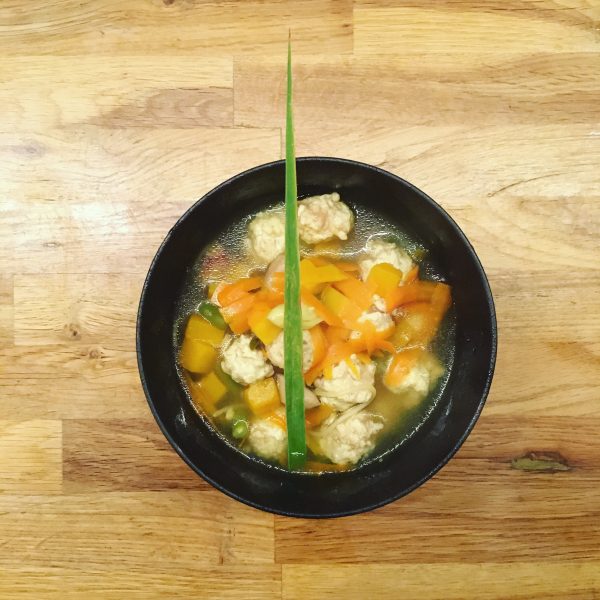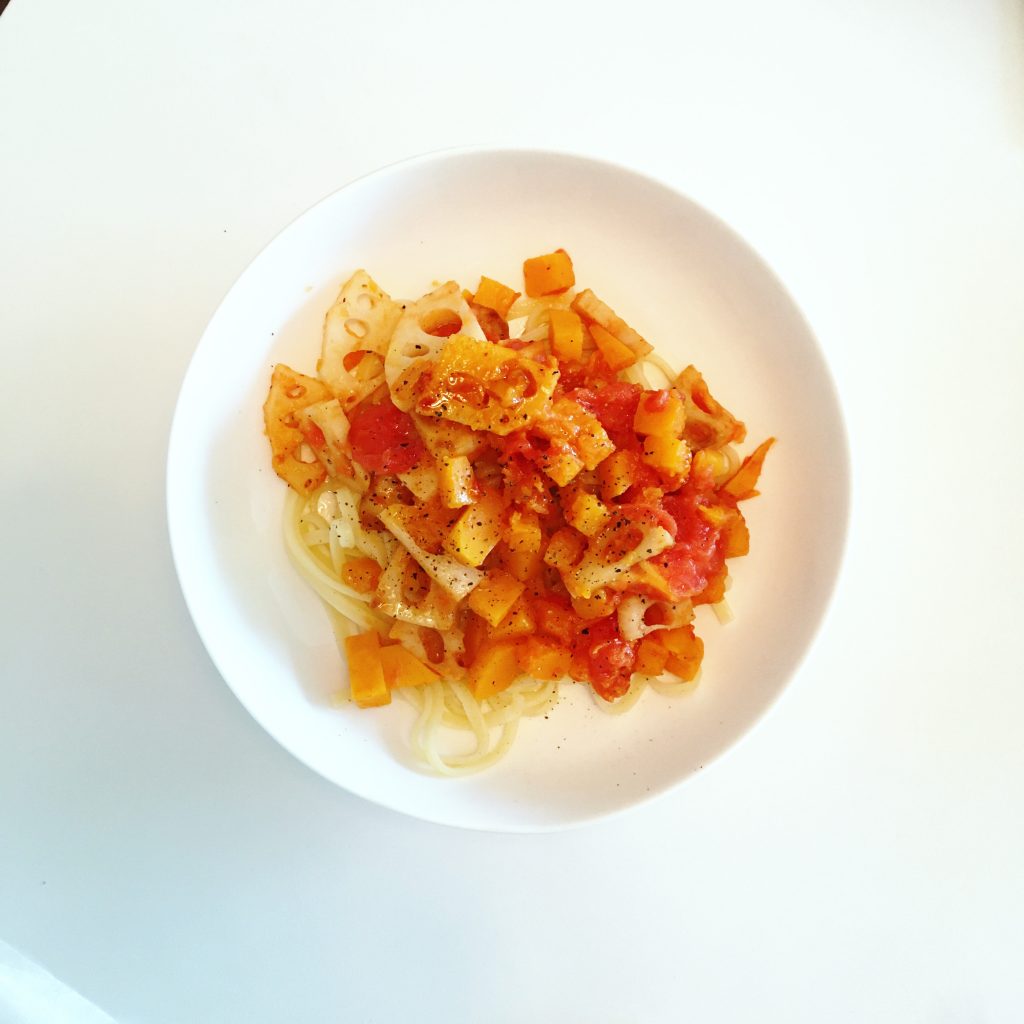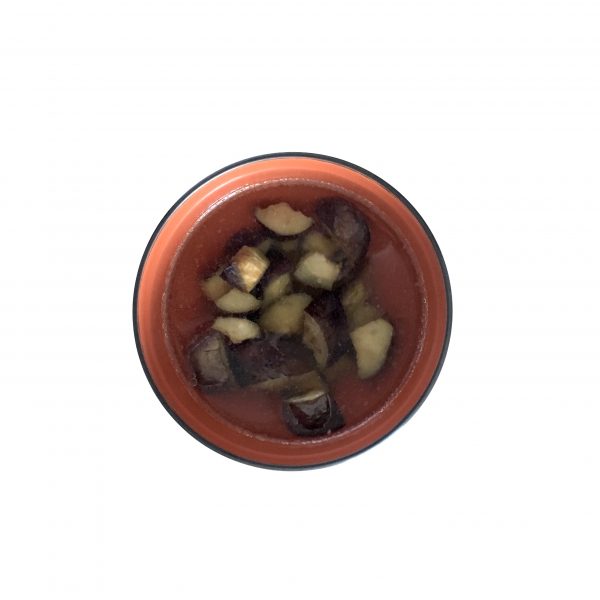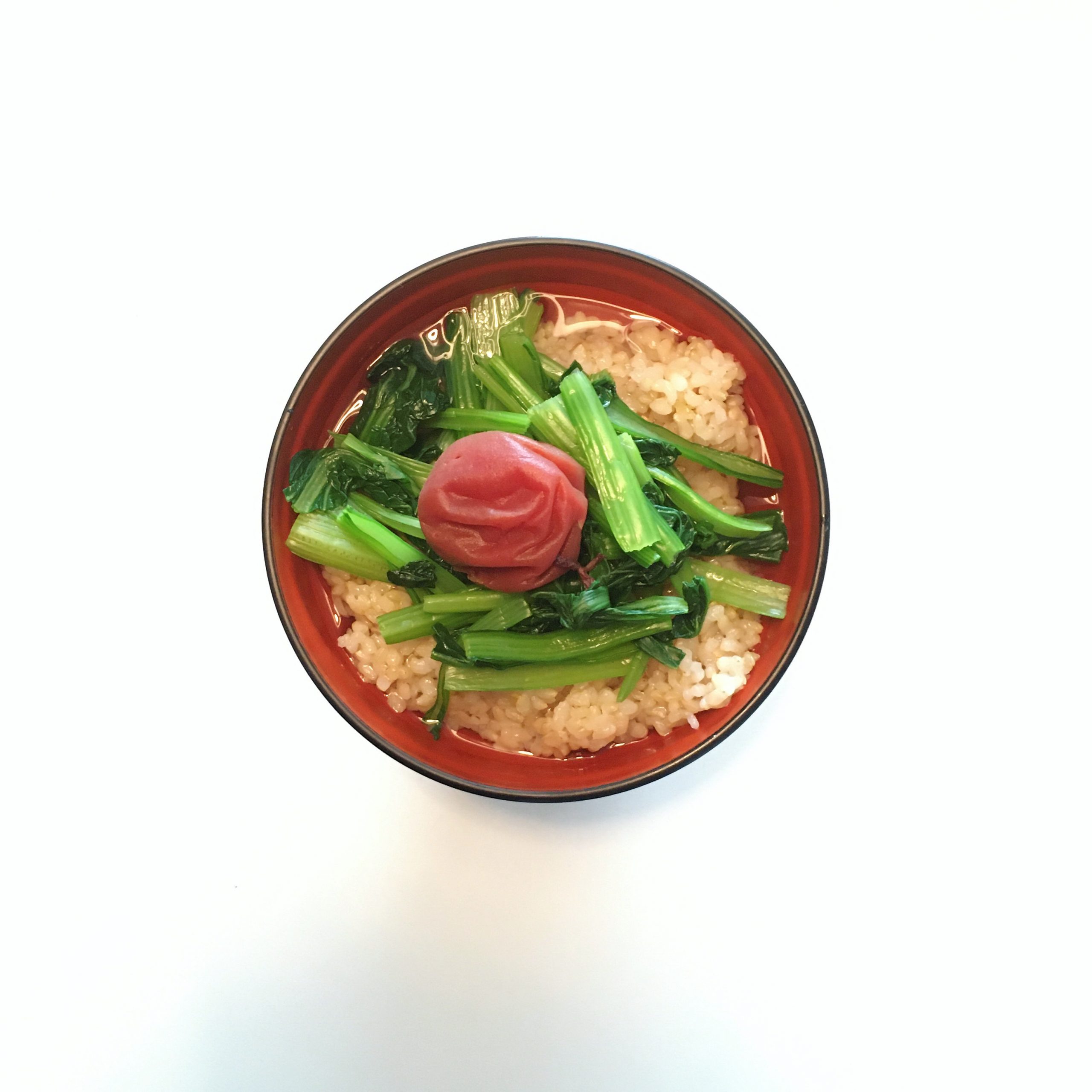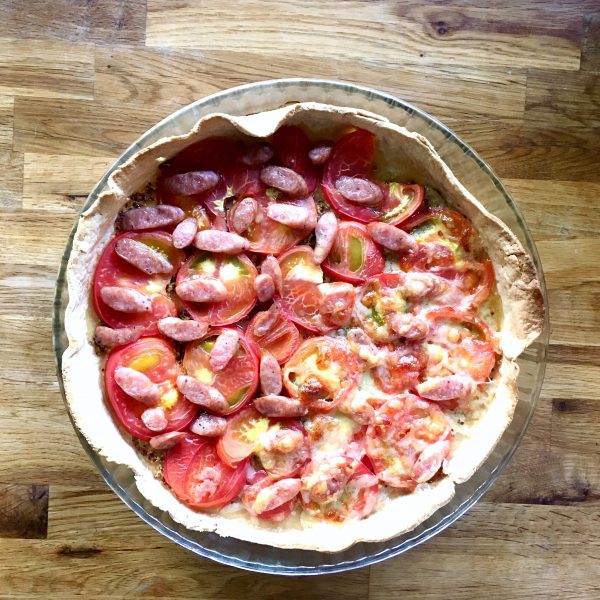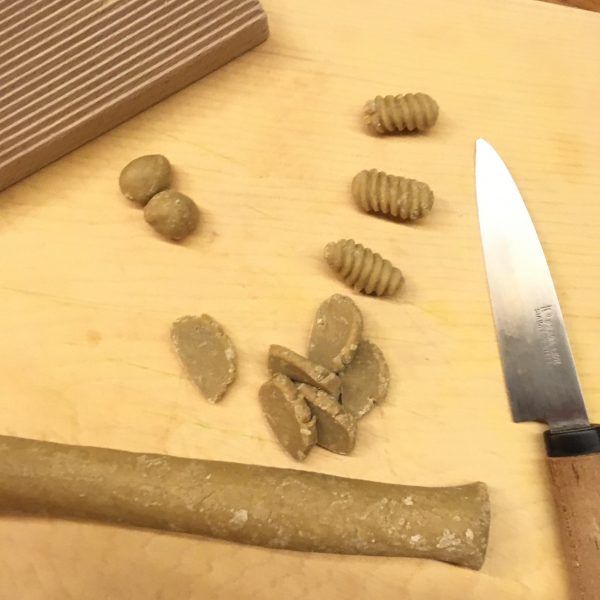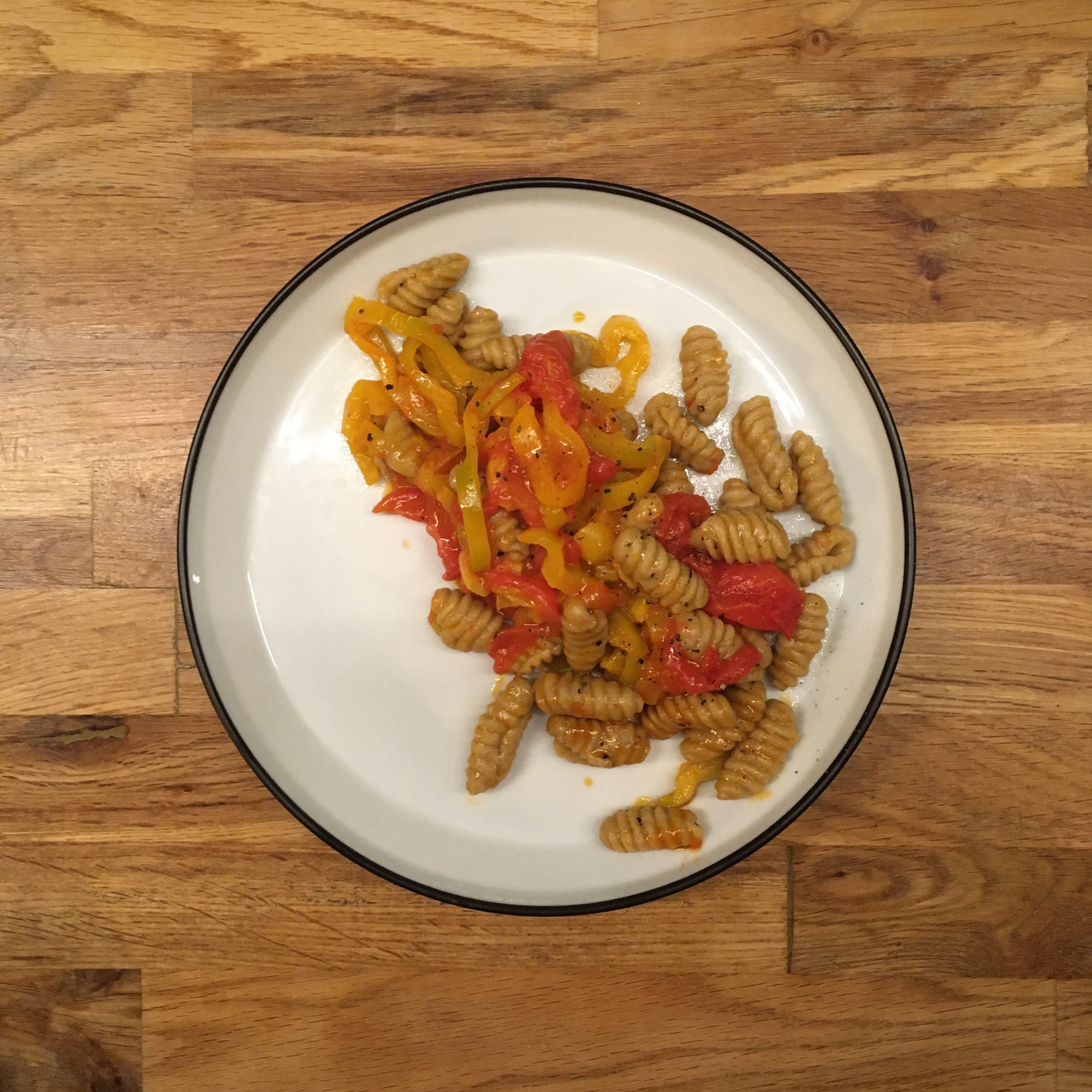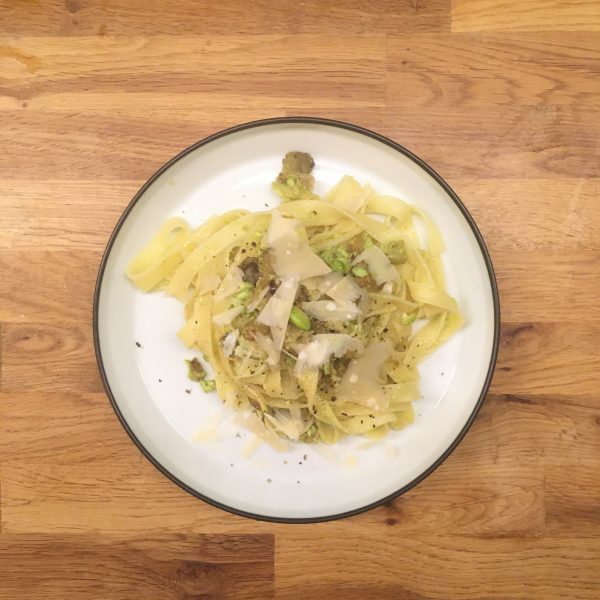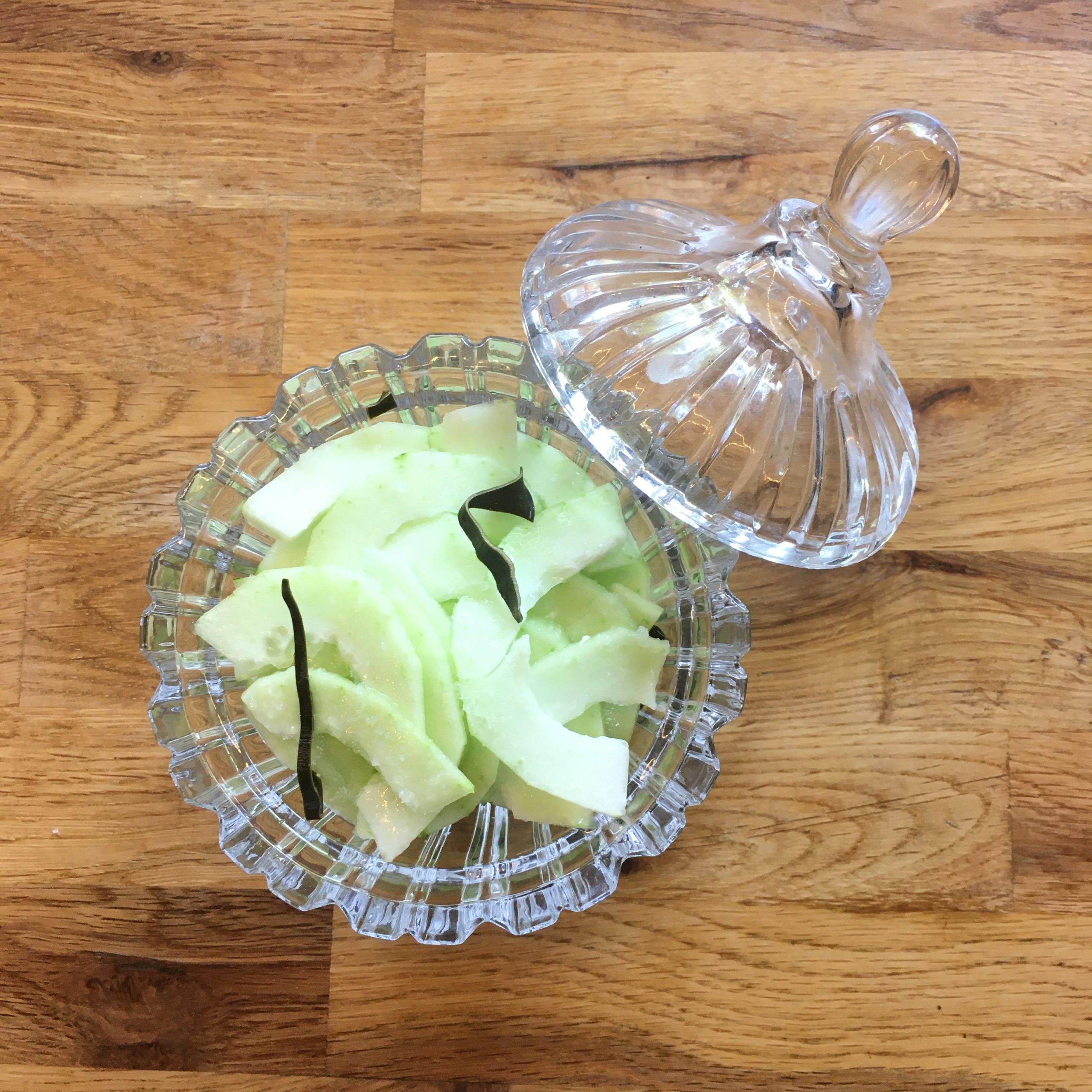I love nimono, that is not new… I learned how to make them right with Japanese cookbooks and when I was going to cha-kaiseki classes, but for some reasons, I often wrongly thought that it takes time to make a nimono dish, and so not cook some as often as I should. But as my cooking evolves with time and changes subtly every month, every year, nimono has been more and more often on the menu. Enough often for me to test twisted versions of nimono, using different ingredients for flavouring and always managing to get it right. I also understood clearly that it can be really quick to make depending on the ingredients chosen. One ingredient that goes really well with nimono is green bell peppers. They fit perfectly the recipe and also are a good match with any white fish. And for white fish, we are lucky, in Ohara it is easy to find delicious local fresh ones: snappers of all sorts, sea bass, flounder…
As I don’t often cook with sake, I recently replaced the sake in the classic recipe by my ume-dashi pickled soya sauce. It adds a bit of sourness and a delicious flavour and when in season I love to add a few slices of lime, or of green yuzu, or any other green citrus fruit. So here is my twisted nimono recipe for a simple Japanese preparation that everyone can make!
Twisted nimono recipe (for 2 servings)
- a nice piece of fresh white fish
- 4~6 green bell peppers depending on size (red, yellow, orange can work as well but not as good…)
- 1/2 lime or 1 green yuzu…
- 2tbs of soya sauce, better ume pickled in soya sauce
- 1tsp of cooking oil
- 1/2 cup of water
Wash and cut in rough pieces the bell peppers. Cut the citrus fruit in large pieces. Clean the fish and cut in large byte size. In a wok or pan, heat the cooking oil, add the fish and wait until half cooked, add the bell peppers. stir gently. Add the soya sauce, the water and the citrus fruit. Cook at medium-high heat until the liquid starts to reduce significantly and thicken a bit. Stop here the cooking and serve not too hot, with some white rice ideally.
